The National Museum in New Delhi, also known as the National Museum of India, is one of the largest museums in India. Established in 1949, it holds a variety of articles ranging from pre-historic era to modern works of art. It functions under the Ministry of Culture, Government of India. The museum is situated on Janpath. The blue–print of the National Museum had been prepared by the Gwyer Committee set up by the Government of India in 1946. The museum has around 200,000 works of art, mostly Indian, but some of foreign origin, covering over 5,000 years.
It also houses the National Museum Institute of History of Art, Conservation and Museology on the first floor which was established in 1983 and has been a university since 1989, running master’s and doctoral level courses in art history, conservation and museology.
History
In 1946, the idea of building a National Museum for India was proposed by the Gwyer Committee. Sir Maurice Gwyer, the former chief justice of India and vice chancellor of Delhi University, headed the committee. One of the members of the committee was Sir Mortimer Wheeler, then heading the Archaeological Survey of India (ASI), who is often cited as chief initiators of the National Museum as he advocated for the museum’s development although reports indicate that he was concerned with unifying ASI site museums under the umbrella of a museum’s branch rather than setting up a new museum.
The roots of the National Museum begin with an exhibition of Indian art and artefacts organized by the Royal Academy of Arts, London. The exhibition went on display in the galleries of Burlington House during the winter months of 1947–48. This Exhibition of The Art of India and Pakistan in London was arguably the first exhibition sponsored by the British government which gave Indian artefacts the status of high art. Before its return to India, with Jawaharlal Nehru’s support, it was decided that these important collections should be showcased here upon their return so that they could be enjoyed and appreciated by the people of India. At the close of the exhibit, requests were released to the loaning museums and collectors, urging them to surrender object ownership to what was to become the National Museum. When the decision was taken to make a permanent National Museum, the exhibits were first displayed in the state rooms of the Rashtrapati Bhavan (then called Government House) on August 15, 1949, and the rooms were formally inaugurated by C. Rajgopalachari, Governor General of India. Until the mid-1950s, it essentially remained a permanent version of the temporary exhibit – consisting of the same pieces, and remaining in the state rooms. In 1955 building began on the new current location of the National Museum at Janpath.However, when the National Museum was ready in 1960, the statue of Buddha and the Rampurva Bull were retained at the Rashtrapati Bhavan on the request of Jawaharlal Nehru.
Since its inception, the National Museum owed much of its original structure and organization to the example of the Indian Museum, Kolkata, as some of its first curators were former employees of the Indian Museum, such as C. Sivaramamurti, even though the National Museum aspired to displace the historic position the Indian Museum had come to acquire as the largest and grandest museum in India.The National Museum encouraged scholars and the public to think differently about the objects on display by placing the objects within a broad historical context and allowing the objects to speak for a larger representation outside of itself.
Grace Morley was the first director of the National Museum, New Delhi, who earlier played an instrumental role as the founding director (1935–58) of the San Francisco Museum of Art (now San Francisco Museum of Modern Art).She joined the National Museum on 8 August 1960 and continued to hold its charge for six more years. She was one of the advocates of cultural democracy who believed that art should be available to everyone—and held firm convictions about the crucial role that museums could play in this endeavour. In her installations for the National Museum, this desire for secularisation and democratisation was effected through the presentation of sculptures in classic white-cube spaces with minimal contextual information. It was her ‘visual storage’ display system, minimalist teak pedestals, air-conditioning vents, track-lighting, and large glass cases with staggered risers for visual variety which led to the museum acquiring international recognition and the museum in its working still reflects her image. She instructed carpenters to build display cases and Eamesian-type couches, cabinets and cases that reflected modernist, uncluttered lines. Such elements produced the perfect streamlined stage for a performance of the modern by viewing audiences. Harmonious colour schemes, dramatic, dim lighting, cushions of space around eye-level objects, and the occasional leafy plant for a visual pause, all contributed to the creation of a modern museum.


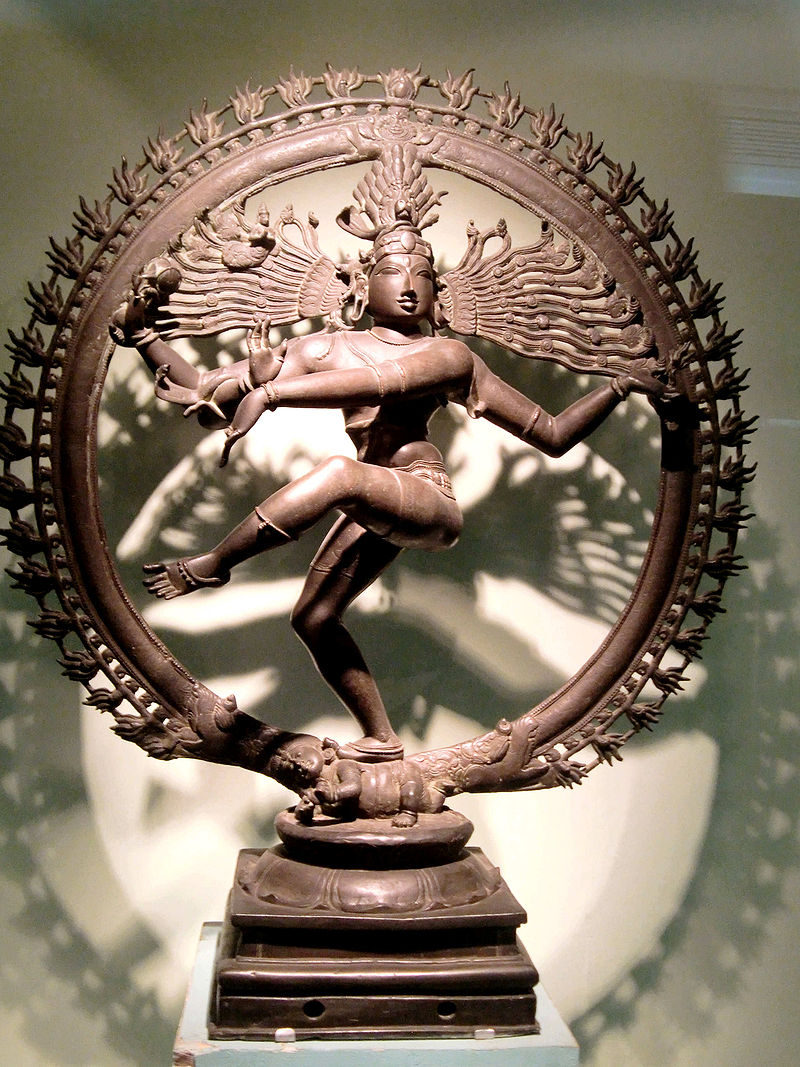

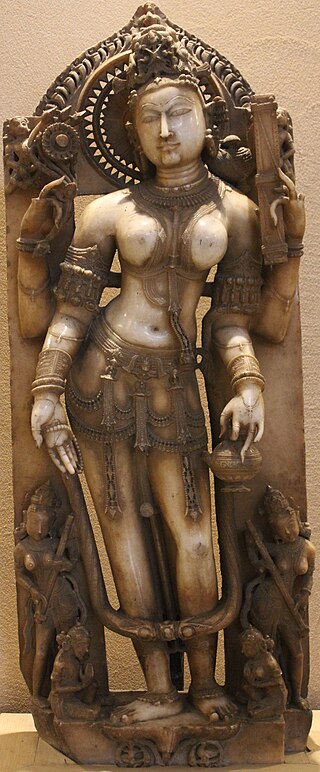
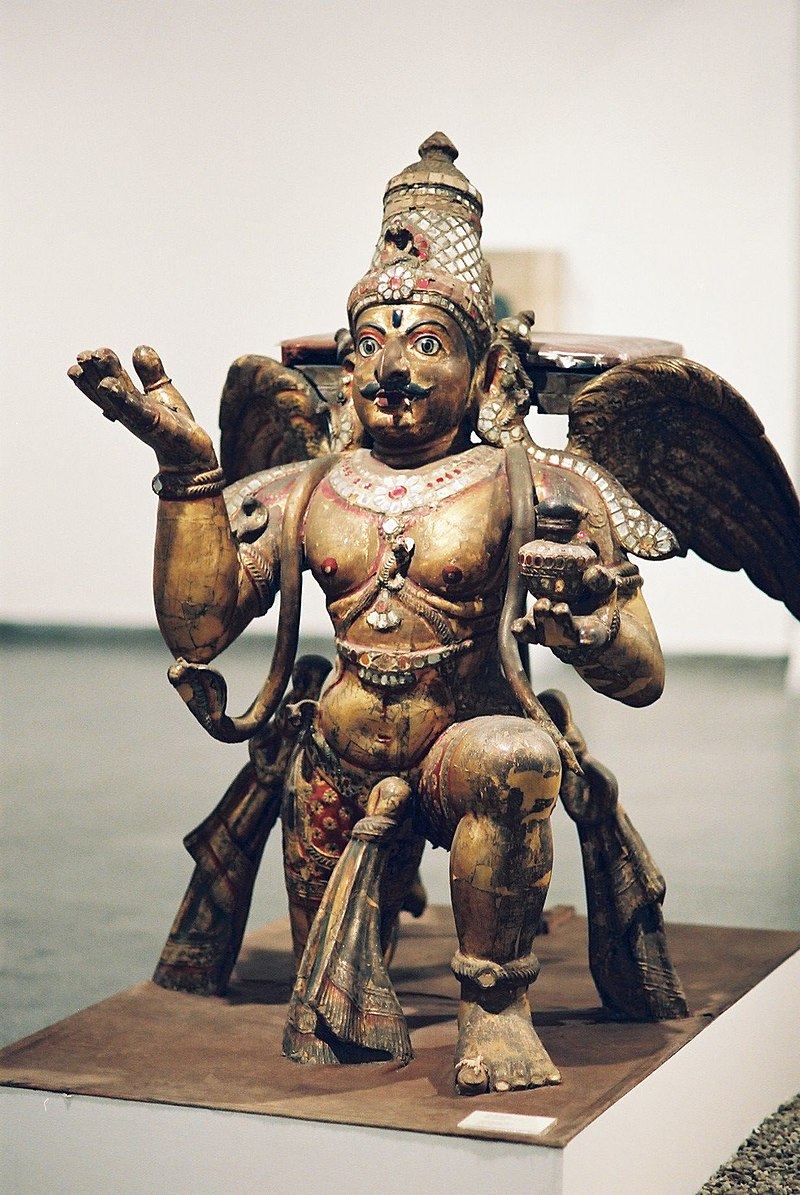




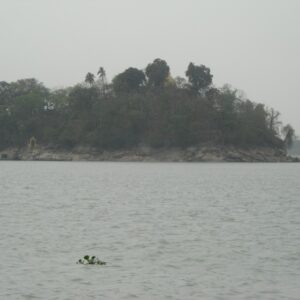

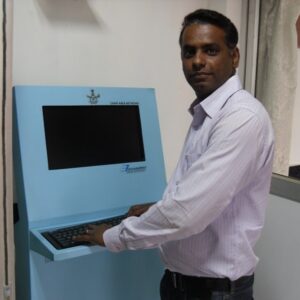

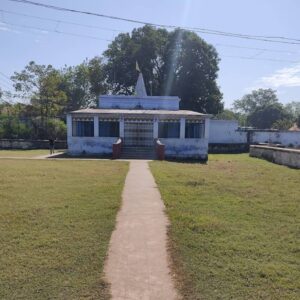


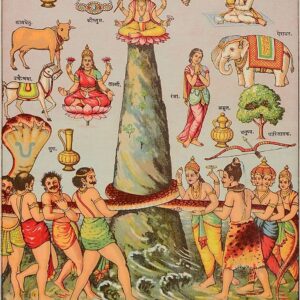

Reviews
There are no reviews yet